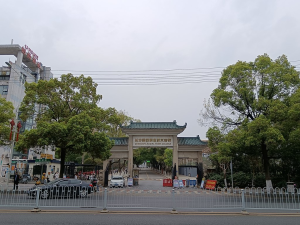Monitor conflict resolution process
This learning outcome covers: Importance of monitoring conflict resolution process, development of monitoring tools, implementation of monitoring tools and review of conflict resolution measure.
3. Review of conflict resolution measures
Every organization charged with the responsibility of having a conflict resolution mechanism which is highlighted in the policy. Conflicts are bad for the organization progress and must be therefore handled appropriately to ensure corporation and teamwork among conflicting parties.
Conflict resolution measures are review for their effectiveness through;
i. Observing the body language of conflicting persons.
ii. Listening to the verbal communication to get feedback about how the conflicting persons are adjusting.
iii. Quality and quantity of production should be assessed.
iv. Assess absenteeism rate of conflicting persons.
v. Assess the cooperation and team work of conflicting persons.
Sources of conflict
Conflicts arise from a myriad of sources including interpersonal change related, external factors, and organizational factors. Interpersonal conflict occurs in the organization from various sources including:
Office politics, rumours, and other social alienation practices
Racial and ethno cultural segregation
Differences in ideas and conflicting perceptions
Conflict over resources
Harassment and bullying
Too much stress and harassment at work place
Preventing conflict
Strategies of conflict Resolution
Avoiding: When disputing parties refuse to confront one another.
Competing: When the disputing parties directly and indirectly confront one another with the purpose of winning a confrontation.
Accommodating: One disputing person decides to accept the demands of the other to encourage harmony but could lead to unresolved issues.
Collaborating: The disputing parties become both cooperative and assertive to find a shared and agreeable solution to the conflict.
Compromising: Here, the participants are partially cooperative and assertive and everyone is willing and able to give up a bit of their views and suggestions and accommodates those of the other party and vice versa.
The following measures are essential in the prevention of conflict in the organization
Developing strategies to manage conflict at all levels of the organization.
Establishing sound policies of conflict resolution in the work place
Preparing employees for changes instead of bombarding them with changes instruction that are disruptive
Consulting employees before making any decisions at the work place
Providing fair rewards to every employee
Ensuring all managers and supervisors are well trained to be able to deal with management responsibilities that involve interpersonal interactions and communications.
Keep the channels of communicating open at all-time
Providing feedback to employees regularly
Understanding and appreciating the different personalities of employees
Signs of conflict at workplace
Reduced motivation
Unpleasant behaviour
Falling productivity
High attrition rate
Increase staff absenteeism
Increase in the number of grievance
